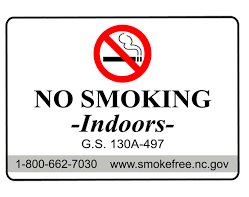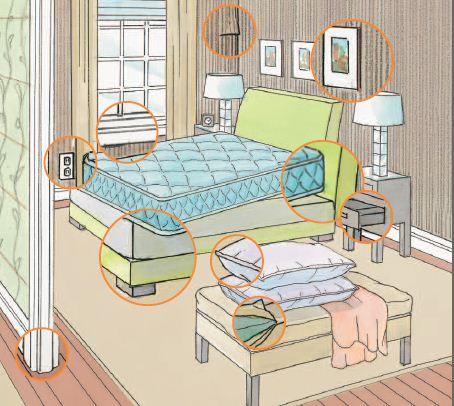Bed Bugs
Part 1
Part 2
Information on Bed Bugs
Bed Bugs used to be a common problem in the home before 1950 but with the aggressive use of DDT, they were all but eradicated in developed countries. DDT was banned because it was found to be toxic to the environment. Bed Bugs have recently made headlines with infestations in hotels, motels, family homes, institutions, schools and hospitals. Entomologists and pest control specialists state a few factors that may be leading to their resurgence. These factors are an increase of travel both national and international, decrease in pesticide use and a resistance to pesticides by the bugs. The Environmental Protection Agency (EPA), Center for Disease Control (CDC), and the United States Department of Agriculture (USDA) all consider Bed Bugs a public health pest. However, unlike most other public health pests, Bed Bugs are not known to spread disease.
- What are Bed Bugs?
- Where are Bed Bugs found?
- How are Bed Bugs spread?
- What are the signs of Bed Bugs?
- What are the signs and symptoms of Bed Bug bites?
- How do I treat and remove Bed Bugs from my home?
- How do I prevent Bed Bugs in my home?
- How do I avoid Bed Bugs when traveling?
- Common Myths about Bed Bugs
What are Bed Bugs?
Bed Bugs are small, flat, oval-shaped, non-flying insects that feed on human or animal blood. Adults are reddish-brown in color and about the size of an apple seed. Bed Bugs may be mistaken for ticks or small cockroaches.
The Life Cycle of Bed Bugs:
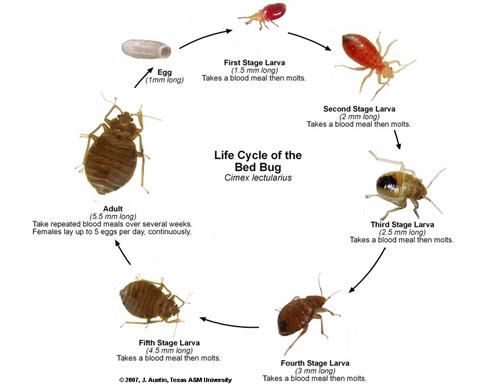
An adult female bed bug can lay about five eggs a day, and more than 200 in a lifetime. Eggs are white and about 1mm long. The eggs hatch in about 4-12 days into the first of five stages before reaching an adult. Each stage requires a blood meal to molt into the next stage. Adults live 6-12 months and can survive for months without feeding.
Where are Bed Bugs found?
Bed Bugs can live in any area of the home but prefer areas around where people sleep. They are excellent hiders and live in any cracks or crevices of mattresses, box springs, bed frames and headboards. They can also reside in picture frames, electrical outlets and switch plates, loose wallpaper or baseboards and other pieces of furniture in the house.
Areas where Bed Bugs like to hide are shown in the image below:
How are Bed Bugs Spread?
Bed Bugs don't usually stay on their host after they feed. They usually hide in luggage, furniture, clothes, etc and are transported by people on their items as they travel. They also spread by crawling from one dwelling to another in hotels, apartments, dorms, etc.
What are the Signs of Bed Bugs?
Bed Bugs prefer to move at night and are great at hiding in tight spaces. They tend to crawl out at night when the home is occupied to feed while you are sleeping. The easiest way to identify a bed bug presence is to look for the following signs:
- live bugs in the seams of mattress or box spring
- exoskeletons from molting
- rust-colored spots on sheets, mattresses and adjoining areas around the bed. These spots are excreted by the bugs after a meal.
- a sweet, musty odor
The two images below show live Bed Bugs in a mattress seam, and excrement spots on the mattress seams.
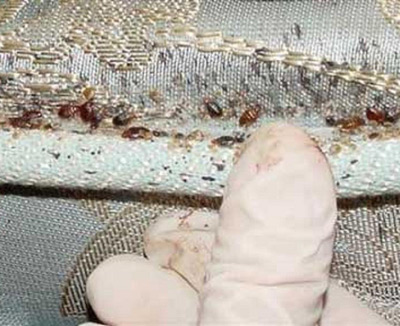
Bugs in Mattress Seam
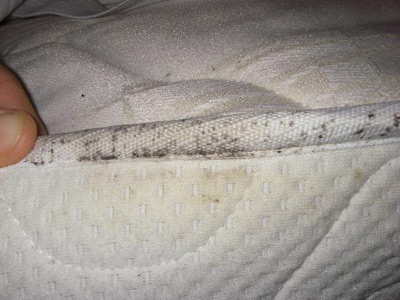
Excrement Spots on the Mattress Seam
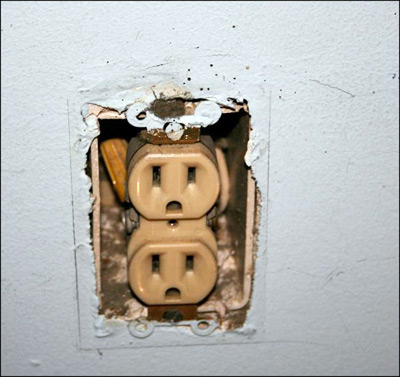
Excrement spots on wall behind an electrical outlet faceplate
What are the Signs and Symptoms of Bed Bug Bites?
Bites from a bed bug affect people differently and can be hard to distinguish from other insect bites. Some bites appear as small bite marks similar to a mosquito or flea, some people do not show any signs and others may have blisters. As they bite, they inject an anesthetic and an anticoagulant that may help prevent a person from feeling the bites. In general the bites are usually:
- Red, often with a red spot in the middle
- Itchy
- Arranged in a row or in a cluster
- Located on face, neck, arms or hands (exposed skin at night)
The two photos below show examples of bite marks:
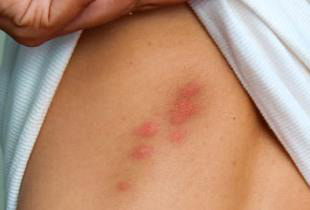
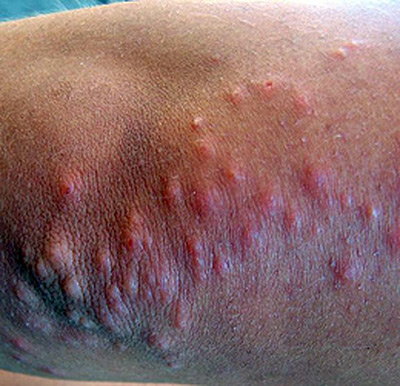
Some people have no reaction at all to the bites, while others can have an allergic reaction including blisters or hives. If the bite marks are scratched, the areas can become infected. The CDC states that typically no treatment is needed for the bites but a steroid cream or an antihistamine can be used. If blisters are seen or infection is suspected then it is best to contact a medical professional.
How do I treat and remove Bed Bugs from my home?
Getting rid of Bed Bugs is not an easy process. Treatment can require a multi-targeted approach to eliminate all life stages of the bed bug, with eggs being the most challenging to kill. For severe infestations, it is strongly recommended to contact a professional pest control company with experience in Bed Bugs elimination. When treating a room or area of the house, keep people and pets out of the area until complete.
General Recommendations
- Clean:
Reduce clutter and eliminate their habitats. A good cleaning is the first step in eliminating the bugs. Discard all excess magazines, papers, newspapers, etc. that might be hiding places for the bugs. In some cases, heavily infested items will need to be disposed of.
- Remove and wash all linens:
Clothes, bedding (all linens including sheets, mattress covers, pillows, bedspreads, etc), long curtains, stuffed animals and personal belongings that can be washed should be placed in a plastic garbage bag and sealed in the room. Empty the contents of the bag into the washer and wash in hot water then dry on the highest setting for at least 30 minutes to an hour. Temperatures need to reach 113F minimum. Once the linen is heat treated and clean, it is recommended to place in a new plastic zip type bag to keep protected until all bugs have been removed from dwelling.
- Freeze:
For items that cannot be washed but small in size can be placed in a plastic bag and left in the freezer at 0F for at least 4 days.
- Vacuum the area:
Vacuum the infested areas thoroughly including the mattress, box spring, furniture (paying special attention to the backs of headboards) and all cracks/crevices around the room. If the vacuum has a bag, enclose the bag tightly upon removal and dispose of in the outside garbage. If the vacuum has a canister, empty into a tightly sealed bag and dispose of in an outside container. Clean and disinfect the canister. Steam is another effective treatment for Bed Bugs. A hand steamer can be used on the mattress to kill eggs in seams and other hard to reach areas.
- Mattress Covers:
A mattress cover that is specifically designed to help with Bed Bugs can be used on mattresses and box springs. This will trap and starve any bugs or eggs in the mattress and prevent future bugs from using your mattress as a harborage area.
- Place a receptor under legs of bed:
Place an empty plastic container (Tupperware type) under the legs of the bed and move it at least six inches away from the wall. Baby powder or diatomaceous earth can be added to the container to kill any bugs that enter it. This will help you monitor the infestation and the effectiveness of the treatment.
- Treat the room:
There are over 300 insecticide products registered with the EPA for use in treating Bed Bugs. The EPA has a site that list these products for you to choose which best meets your needs. Always follow the instructions on the labels and do not use a chemical where it is not recommended for use. It may take several treatments to completely kill all life stages of the bugs.
Diatomaceous earth (fossil dust) is a natural pesticide that can be used in the treatment for Bed Bugs. Place a small amount of the dust around the bed and floor board. A small brush can be used to apply the dust on the furniture. As the bugs crawl across the dust it attaches to their body and kills them. Make sure to follow safety recommendations on the product packaging and wear a mask when applying this product.
Sticky boards or traps can be placed around the bed or sleeping area to monitor for bugs.
Professional pest management companies may be more effective in eliminating the pest in a severe infestation or in reoccurring infestations. Some companies use heat to treat the room which is very effective against all life stages of the bugs and eggs. The advantage is that there are no chemicals and considered 100 percent effective.
How do I prevent Bed Bugs in my home?
The best way to prevent an infestation is to perform regular inspections for their signs. Bed Bugs are excellent hitch hikers and excellent hiders! Upon checking into a hotel room, inspect the room and beds for signs such as blood spots, live pest and exoskeletons. Be cautious of used furniture, mattresses and clothing which can harbor bugs or eggs. It is recommended not to pick up furniture on the curbside-they are usually there for a reason. If you do bring in used items, thoroughly inspect them for signs of Bed Bugs.
How do I avoid Bed Bugs when traveling?
When you check into a hotel, ask the staff at the front desk if any rooms have been treated for Bed Bugs and avoid these areas. Upon entry to the room, inspect the room and bed before unpacking personal items. Remember that Bed Bugs hide during the day, so it is best to inspect for the signs of Bed Bugs. Use luggage racks in the room instead of placing bags on the floor. In the morning, look for signs of dot like stains on the mattress and sheets. This is a sign that Bed Bugs were present and excreted after a blood meal. If you find any signs, inform the hotel staff immediately and request to change rooms. Be cautious not to carry any bugs with you when you change rooms or leave the hotel. Upon returning home, always inspect luggage and wash all clothes immediately.
Common myths about Bed Bugs
Myth: You cannot see a bed bug.
Truth: All stages of the bed bug are visible with the naked eye.
Myth: Bed Bugs are associated with filth.
Truth: Not always, however having excess clutter around the home can provide harborage areas and make it difficult to clean.
Myth: Using a bug fogger will eliminate the bugs.
Truth: Bed Bugs hide during the day, foggers will not contact the bugs in hiding and therefore are not considered effective.
References for the information found on this page and resources to find more information can be obtained from:
North Carolina Department of Agriculture
Environmental Protection Agency
Center for Disease Control
Page last updated: March 27, 2024
Contact Us
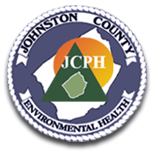
Todd Ramsey
Director
309 E. Market Street
Smithfield, NC 27577
Phone: (919) 989-5180
Fax: (919) 989-5190
To find a copy of your septic permit,
send request to
envhealth@johnstonnc.com
Hours of Operation
Monday - Friday, 8:00 a.m. - 5:00 p.m.
(except holidays)
View Complete Employee Directory

